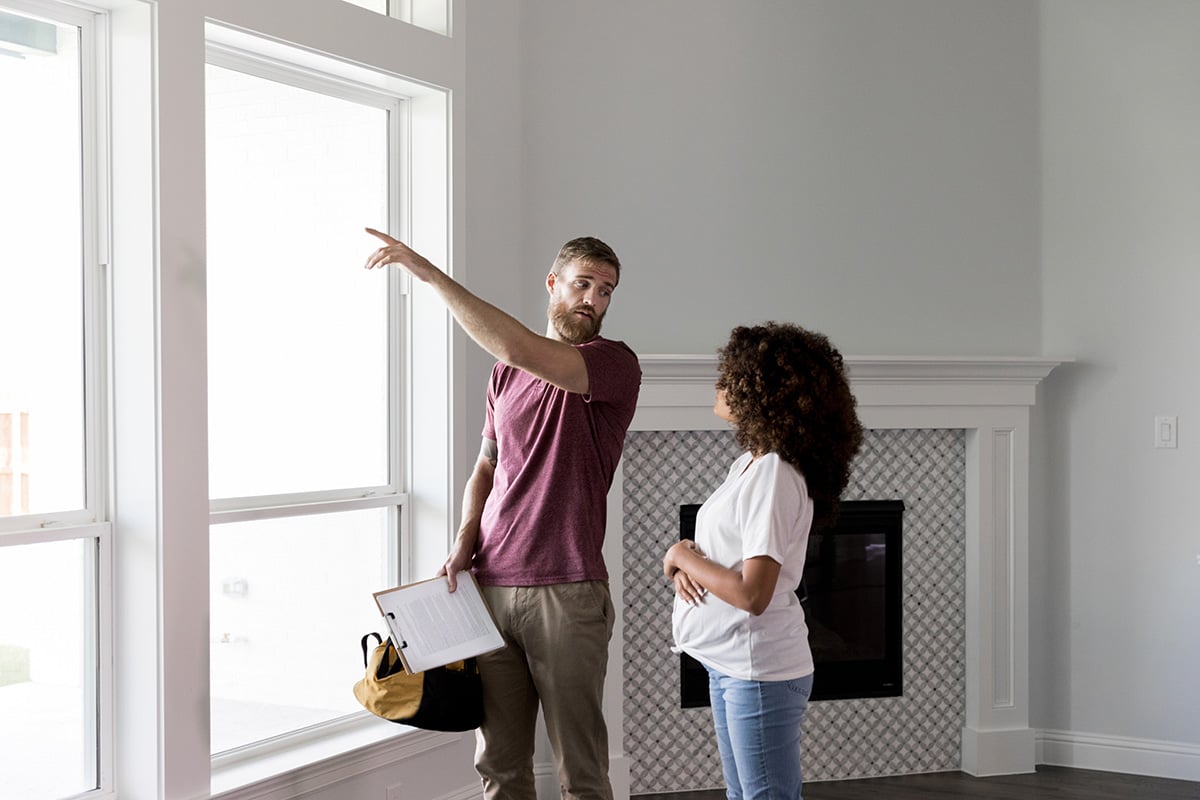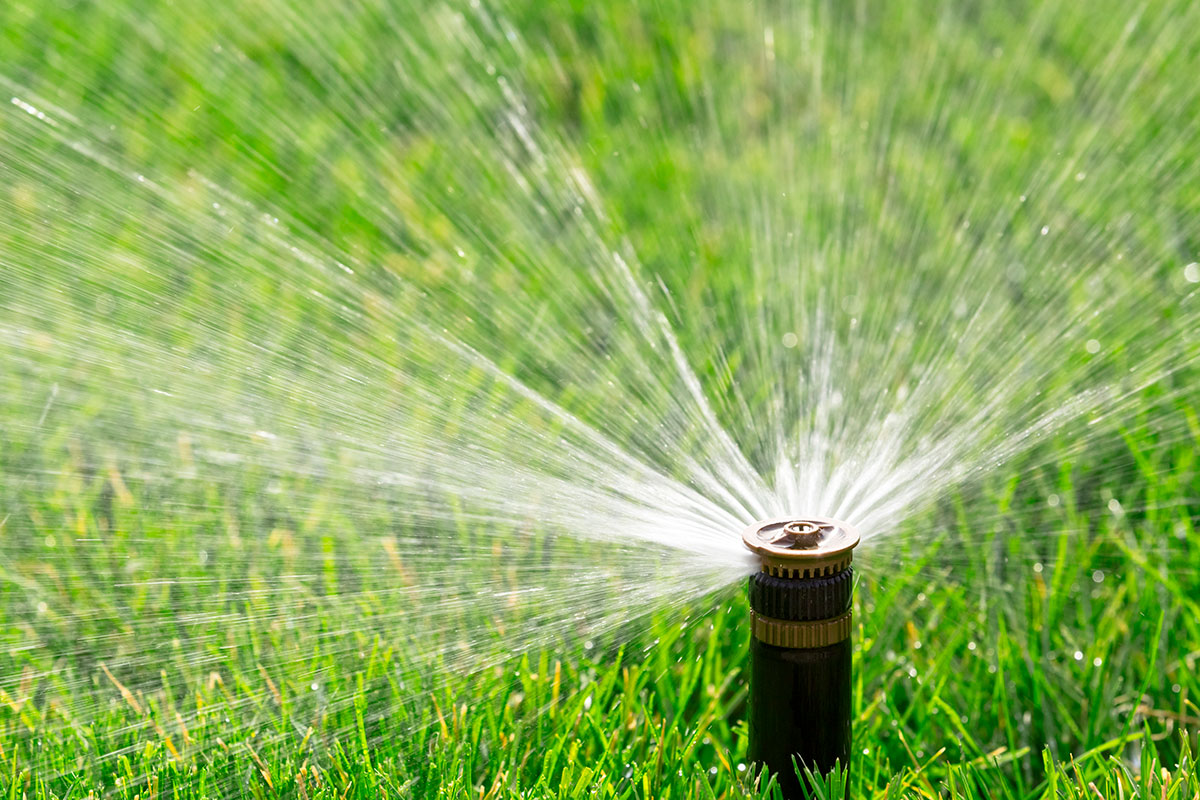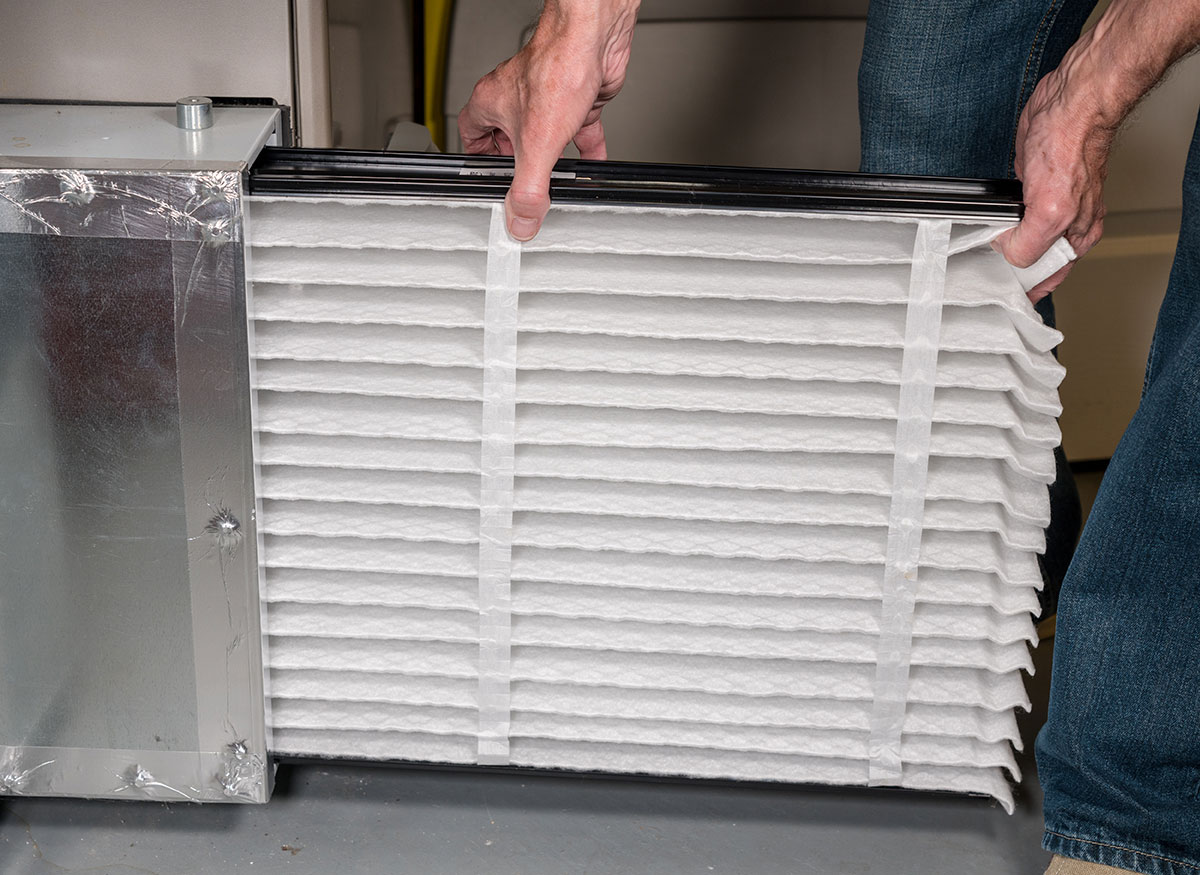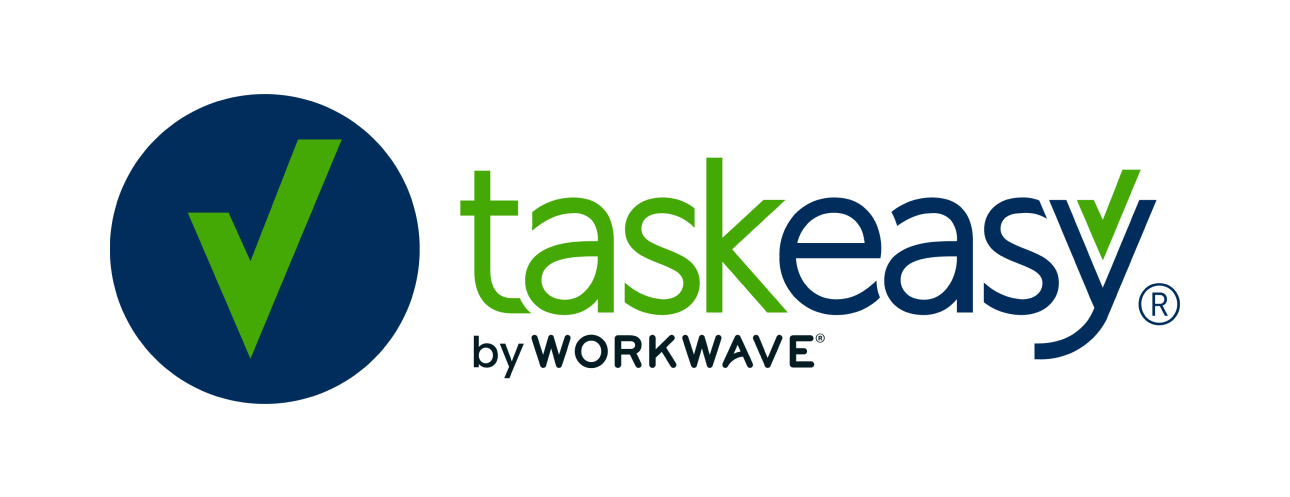As a property manager, one of your primary responsibilities is maintaining upkeep and maintenance for your properties. You’ll have to determine whether you will take a preventive or reactive approach to care for the property. They are two different processes with very different outcomes
 .
.
What is the difference between preventive and reactive maintenance?
Preventive maintenance is getting in front of the problem and carrying out regular inspections or repairs in your rental properties while the equipment is still functioning. This will help you to stay away from emergency repairs that come with costly labor. If you can avoid disruptive services and stick to a preventive maintenance schedule, your tenants will be more content with their experience in your properties.
Reactive maintenance is responding to problems only as they arise. You fix equipment as it fails and will not work any longer without intervention. Reactive maintenance often involves a cheap and temporary solution. With regular reactive maintenance, items on the property can break down to the point of an expensive replacement. As you can imagine, it is a smart financial decision to avoid reactive maintenance as much as possible.
Why do you need to maintain your properties?
One of the critical responsibilities for property managers is ensuring that your tenants living conditions are habitable. Property managers need to provide plumbing, electricity, heat, the extermination of pests, and more. Some types of maintenance are required by law, while other types affect your property value or tenants comfort in your property.
With proper maintenance, you can worry less about unexpected costs or liabilities. If you don’t keep up with making your properties livable, you run the risk that your tenants could sue you, and you could lose even more money than what the repairs would have cost. You will also set a standard for how you want your properties to be cared for with routine maintenance. Your tenants will be more responsible for their space and more likely to report the damage to the property when it happens. Your involvement will help them to feel more taken care of. Happy tenants lead to them staying longer, which means more money for you.
Difference in Cost
Here’s a look at what some of the maintenance cost differences will be for preventive and reactive responses. These are all average price estimates. Costs will vary depending on numerous factors such as the size of the home, location, and companies or materials used.
Lawn Care
Lawn care is critical because it affects the curb appeal and overall value of the property. A preventive approach is bi-weekly (every other week) lawn mowing, which would generally cost $50-60 per service (based on lawn size of 5,000 sq. ft.) if you hired someone to do it. The tenant can be responsible for mowing the lawn if it’s in their lease, or you can contract someone to care for it.
Total Annual Preventive Maintenance Costs:
Lawn Mowing $1,560 ($50-60/bi-weekly 26 services)
Fertilization: $150 ($75/semiannually)
Aeration: $85
Irrigation Water: $280 - $840 ($70/month 4 - 12 months)
Based on lawn size of 5,000 sq. ft.
If you are maintaining it reactively, you may have to spend $500 to reseed the lawn. Unless you plan on reseeding your lawn between each tenant (and losing the curb appeal between treatments), you will also need to continue with bi-weekly maintenance.
Total Annual Reactive Maintenance Costs:
Reseeding Lawn: $500 - $600
Sod Installation: $1,000 - $3,000
Dead lawn removal: $200
Lawn Mowing $1,560 ($50-60/bi-weekly 26 services)
Fertilization: $150 ($75/semiannually)
Aeration: $85
Irrigation Water: $280 - $840 ($70/month 4 - 12 months)
 Sprinklers
Sprinklers
To keep your lawn looking pristine, you should also practice preventive maintenance on your sprinkler system. During the months that you use them, watch the sprinklers on a test run at least monthly to check for leaks, standing water, and sprinkler heads pointed in the wrong direction. If you notice yellowing grass or misshapen concrete, you will know that you need to fix something. If you spot a minor problem early on, a repair may cost $200.
Total Annual Preventive Maintenance Costs:
Irrigation Water: $280 - $840 ($70/month 4 - 12 months)
New Sprinkler Head: $50
Valve Replacement: $200
If you only practice reactive maintenance on your sprinkler system, you may have pipes that leak or burst. If your sprinklers are watering your driveway, the weight of the sinking concrete may crush the irrigation line. With a lack of sprinkler maintenance, your only option may be to replace the entire irrigation system with a hefty cost of $3,000.
Total Annual Reactive Maintenance Costs:
Install New Sprinkler System: $1,900-$3,800
Water Bill: $280 - $840 ($70/month 4 - 12 months)
Water Bill Increase Due to Leaks: $80 - $240 ($20/month 4 - 12 months)
Burst Pipe Repair: $200
Concrete Repair: $500-$1,200
Roof
The experts recommend that you briefly check your roof at least two times a year, preferably during the fall and spring. You can do this yourself from the ground with a pair of binoculars to check the shingles for warps and curls that signal major roofing problems. You should have a professional inspect the roof at least once every two years for roofs older than ten years (or every four years for newer roofs) to identify issues that you may have missed.
Total Annual Preventive Maintenance Costs:
Roof Inspection: $200 ($200/every other year)
Replace and Seal Part of Roof: $150
If you respond reactively, your roof may be leaking into an unoccupied space in your home, like the attic, causing water damage. You also might need to replace the entire roof instead of just a few shingles. A total roof replacement will cost you anywhere from $4,000 - $10,000.
Total Annual Reactive Maintenance Costs:
Roof Replacement: $4,000 - $10,000
Attic Repair: $325 - $1,100
Air Filters
Because air filters are not visible, it’s easy to forget about checking them frequently. You should check them monthly for dirt or dust. Luckily, filters generally cost only a few dollars, so you can expect to pay less than $75 for a year’s worth. Clean air filters allow you to inhale fresh air and prevent health problems that can come from breathing in polluted air. Clean air filters also assist you in staying ahead of repairs on your AC and furnace units.
Total Annual Preventive Maintenance Costs:
Air Filter: $60 ($5/monthly)
On the other hand, if you do not check your air filters regularly, your AC and furnace units will not be protected. They will work overtime, which puts extra stress on individual parts or the machine as a whole. The machine will use more energy, increasing the energy bill, or you will have to replace expensive parts. The whole AC and furnace units may even go out and will cost $1,500 and $3,000 to replace, respectively.
Total Annual Reactive Maintenance Costs:
AC Replacement: $1,500
Furnace Replacement: $3,000
Increased Energy Bill: $100-$300
 Rain Gutters
Rain Gutters
Rain gutters are another necessary maintenance that people often forget about because they are not noticeable until they are falling apart. They need to be inspected and cleaned semiannually to ensure they are functioning correctly without any leaks or clogs. The inspections will cost around $105 for one story or $135 for two stories.
Total Annual Preventive Maintenance Costs:
Inspection: $135 ($270/semiannually)
If you do not regularly maintain your gutters, many issues could arise. Water could leak down and cause structural damage, or water could get underneath your shingles, causing damage to your roof. One of the more manageable outcomes from neglect would be only to have to replace the gutters without any extra damage on your property, which would still cost $1,000.
Total Annual Reactive Maintenance Costs:
Gutter Replacement: $1,000
Foundation Repair: $1,500
These are just a few examples of the price differences that come from practicing reactive maintenance over preventive maintenance. Adding up all these costs, the inspections and expenses associated with preventive maintenance are less than $3,000. You may have to pay up to $18,000 between tenants if you wait to service your property until you can’t ignore the problem any longer. Now, unless you’re extremely unlucky, it’s not likely that all of these things will happen at once, but you probably don’t want to take the chance. You can avoid unnecessary repairs and replacements if you carry out routine checkups on your properties.




Let Us Know What You Thought about this Post.
Leave a comment below.